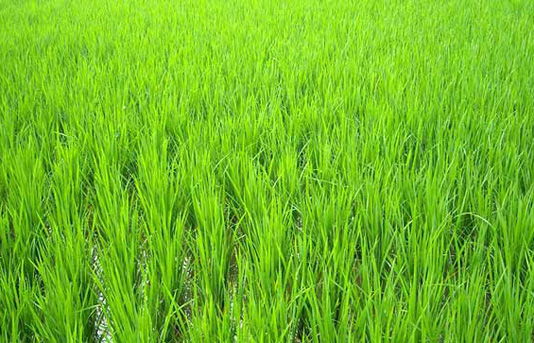RAJSHAHI, Oct 15, 2018 (BSS) – The recent rainfall has become blessings
for the farmers of transplanted Aman paddy in the region, particularly in its
vast Barind tract, as they are now happy with their standing crop.
Local Meteorological Office recorded 81.3 millimeters of rainfall since
early hours of Wednesday till 10.30 am of Saturday. It greatly helped the
paddy fields protecting from further drying.
Nazrul Islam, Observer of the office, told BSS that there was not a
single drop of rainfall in the region since September 21 to October 5 at a
stretch.
Mujibur Rahman, Chairman of Gogram Union Parishad under Godagari Upazila
in the district, said the adverse situation has pushed the farmers into a
great anxiety relating to surviving their rain-fed crop. But, fortunately,
the situation changed totally favourable to the farmers as the rainfall saved
their crop.
Meanwhile, farmers of the region are now busy in taking care of the
transplanted Aman paddy in their field. If such favourable climatic condition
prevails, farmers are hoping of a bumper production of the crop.
Farmers informed, though the region faced a drought like condition
during the planting season, there were sufficient and adequate rainfall later
on which helped a smooth growth of Aman plant.
Now, farmers were busy for taking care of their fields including
eradication of herbs, spraying of insecticides and using of fertilisers.
The price of paddy being satisfactory, more farmers cultivated paddy
this season and thus surpassing the target by some 48,000 hectares.
Zaidur Rahman, a farmer of Karnahar village under Paba upazila informed,
he has cultivated Aman on 35 bigha of land. The price of paddy being
satisfactory this year, many farmers of the area have increased the amount of
Aman cultivation.
Moreover, after sufficient rainfall, there is no need of irrigation in
the field.
Agriculturist Monjure Maula informed, farmers are getting a satisfactory
price of Aman paddy, so the target of cultivation of Aman has been surpassed
the target this season.
According to a source of Department of Agriculture Extension (DAE), the
target of Aman cultivation had been set to bring 6,90,141 hectares whereas
actually the paddy was cultivated on 7,37,903 hectares of land in the
division.
Of those, 7.10 lakh hectares of land were brought under high yielding
varieties, 18,389 hectares under local varieties and 9,705 hectares under
hybrid varieties.
The DAE here has set a target of producing around 18.67-lakh tonnes of
transplanted Aman rice in the region including its vast Barind tract during
the current season.
Additional Director of DAE SM Mustafizur Rahman told BSS today that the
rice is expected to be produced from around 7.38-lakh hectares of land in the
districts of Rajshahi, Naogaon, Chapainawabganj, Natore, Pabna, Sirajgonj,
Bogura and Joypurhat.
Bangladesh Agricultural Department Corporation (BADC) and Barind
Multipurpose Development Authority (BMDA) supplied quality seed among the
growers to achieve a good yield.
Most of the Aman farmers are applying modern methods on their paddy
field. DAE officials help them use pesticide and fertilisers properly.
Agriculturist Rahman said, “We have provided all sort of necessary agri-
inputs among the farmers this season to make the cultivation programme a
success.”
He added that BMDA is providing supplementary irrigation if required.
In addition, the farmers are keeping thousands of their shallow tube
wells ready for supplementary irrigation, he said.
Dr Tomal Lota Aditya, director (Research) of Bangladesh Rice Research
Institute (BRRI), said BRRI has, so far, developed 41 Aman varieties
including 39 inbreeds which are suitable for cultivation in the country.
“We have released seven drought tolerant varieties including aromatic
one for the Barind area,” she said, adding that some of those have gained
popularity among farmers during the last couple of years.
She also mentioned that the conventional Parija and Swarna varieties are
being replaced by some of the new varieties which are good sign of boosting
yield.



